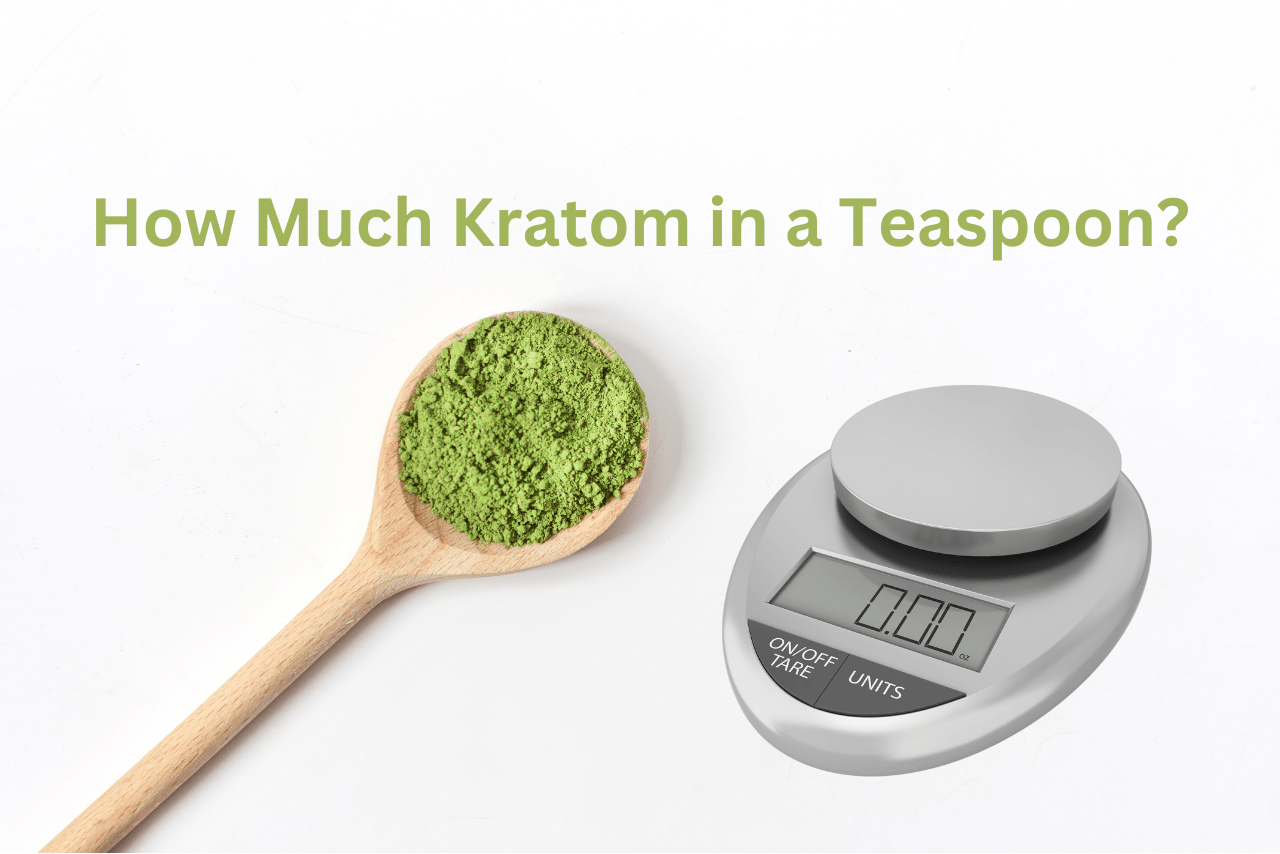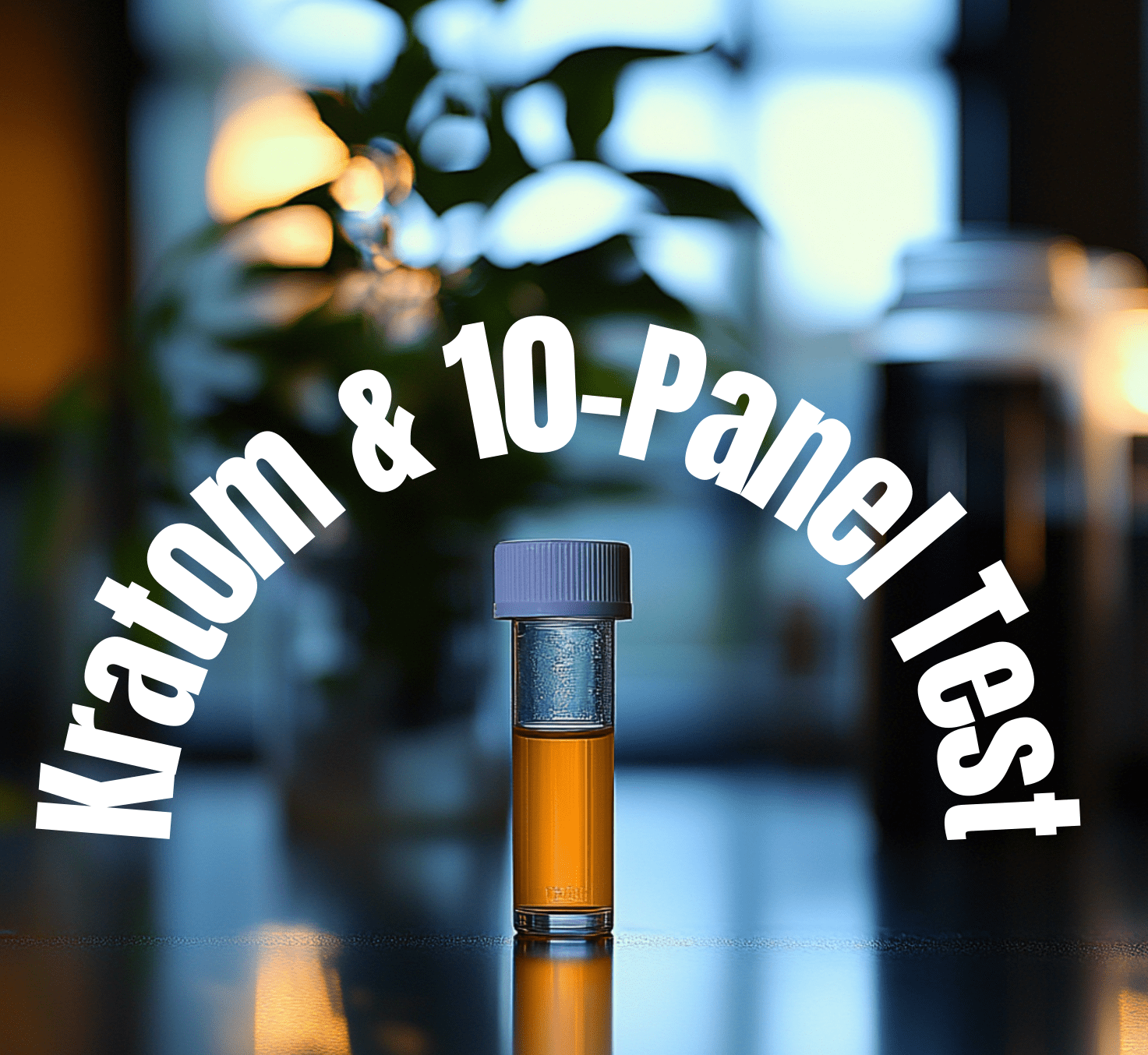Contents
Hydroxie Kratom vs. Natural Kratom Powder: What You Need to Know About Risks, Benefits, and Safe Choices
- Written by David
- Updated on April 23, 2025
- Published on
- Kratom Legal Status
TL;DR
In the evolving wellness landscape, kratom has emerged as a popular herbal supplement, known for its potential benefits like enhanced energy and pain relief. This blog post delves into the differences between traditional natural kratom powder and the newer Hydroxie kratom, a concentrated product that boasts significantly higher potency due to its high levels of 7-hydroxymitragynine. While Hydroxie kratom may seem appealing, it raises serious safety concerns, including risks of addiction and adverse health effects, as highlighted by the FDA. In contrast, natural kratom powder offers a balanced alkaloid profile, making it a safer choice for users. By opting for lab-tested, sustainably sourced kratom from reputable brands like Bagus Botanicals, you can enjoy its benefits while minimizing risks. Discover the essential insights on kratom to make informed choices for your health and wellness.
The wellness world is always evolving, and one of the most intriguing topics we’ve seen gain steam in recent years is kratom. This tropical tree, native to Southeast Asia, has been enjoyed for years in its natural powder form, and is said to offer benefits like enhanced energy, relief from discomfort, and a sense of relaxation. As the market expands, so do the product offerings, and we’re seeing everything from kratom extracts to new kids on the block like “Hydroxie” kratom. While these concentrated versions are certainly intriguing, it’s more important than ever to exercise caution and do your research. Here’s the lowdown on kratom and its newer, more concentrated counterparts.
Kratom 101 and Its Alkaloid Content
Kratom, a leaf from the Mitragyna speciosa tree, contains between 20 and 40 alkaloids, depending on factors like the tree’s environment and age. Two of the most important alkaloids in kratom are mitragynine and 7-hydroxymitragynine. Mitragynine, present in amounts up to 66% in certain kratom leaf teas, is a partial agonist at mu-opioid receptors, which helps to explain its pain-relieving and uplifting effects. 7-hydroxymitragynine, while present in smaller amounts (about 2% of the leaf), is 13 times more potent than morphine in animal studies, according to a 2003 paper by the Journal of Natural Products. This is incredibly exciting to scientists and kratom users around the world!
Old School Natural Kratom Powder
The original kratom powder is made by drying and grinding the leaves, which preserves the entire profile of alkaloids and phytochemicals. This traditional method offers a full-bodied powder that is rich in mitragynine and other alkaloids. Users often describe a mild stimulation at smaller doses, with benefits like increased energy and appetite, and a nice sedation at larger doses, perfect for helping with relaxation and sleep. Kratom powder has a slow onset of effects, and is considered one of the safer herbal alternatives when used responsibly.
Kratom Extracts
Kratom extracts are a concentrated form of the plant, created by boiling the leaves to extract the alkaloids and then evaporating the liquid to create a highly potent product. Extracts usually have a rating or ratio (like 2:1 or 10:1) that indicates how many times more concentrated they are than the original kratom leaf. Extracts offer intense effects and require less dosing to achieve them, but they also increase the risk of side effects, dependence, and uncomfortable withdrawal symptoms when taken regularly at high doses. We recommend reserve-extract at most!
Hydroxie Kratom: The New Kid in Town
We’ve seen Hydroxie kratom pop up in smoke shops and retail stores recently, and it’s definitely piqued our interest. This “new” kratom is harvested from a different part of the kratom tree than traditional kratom, and is said to be up to 20 times more potent. We’re not sure what to make of it, and more research is definitely in order. Have you tried Hydroxie kratom? What’s your take on this interesting new product?
The Dark Horse: 7-hydroxymitragynine
“Hydroxie” kratom, also known as white kratom or biokratom, is said to contain high levels of 7-hydroxymitragynine, the most potent alkaloid in the kratom leaf. Some brands are even selling pure 7-hydroxymitragynine tablets, which is both fascinating and terrifying. While it’s exciting to think about a more concentrated version of kratom, the concerns about safety and addiction are very real.
Science Says: 7-Hydroxymitragynine is Not the Friend
We’re seeing a lot of hype around 7-hydroxymitragynine, and it’s not good. This alkaloid is said to have an even higher affinity for mu-opioid receptors than mitragynine, which makes it much more potent, but also much more dangerous. Research on this alkaloid is limited, and we don’t know a lot about its effects or risks, but we do know that it’s listed as a “substrate” of mitragynine, which means it’s a more potent version of the popular kratom alkaloid. The U.S. FDA has raised concerns about kratom products, including those with high 7-hydroxymitragynine content, due to the risk of addiction and serious health problems.
Mother Nature Knows Best
Natural kratom powder is a balanced way to experience the plant’s benefits, with a moderate alkaloid profile that’s less likely to lead to dependence when used in moderation. Concentrated products, on the other hand, are like playing with fire. Kratom extracts and Hydroxie are so potent that they can kick in quickly, leading to increased dosing and a higher risk of negative effects.
The Benefits of Natural Kratom
We’re big fans of natural kratom because it’s just so… balanced. And natural. Bagus Botanicals is one of our favorite brands because they offer truly lab-tested, sustainably sourced kratom powder that’s free of contaminants and other nasties. By choosing natural kratom, you’re not only ensuring a lower risk of negative effects, you’re also supporting sustainable farming practices and fair-trade partnerships. Win win!
The Verdict
We’re not opposed to new and interesting botanical products, but Hydroxie kratom is definitely not the ticket. The hype around this product is concerning, and we can’t stress the importance of 7-hydroxymitragynine safety enough. Natural kratom powder is always the way to go, and choosing a reputable brand that offers lab-tested, sustainably sourced leaves is important. As with any supplement, it’s important to do your research, talk to your healthcare professional, and make informed decisions about your body.
FAQ
- What is Hydroxie Kratom, and how is it different from regular kratom powder?
Hydroxie Kratom is a concentrated kratom product that is said to contain high levels of 7-hydroxymitragynine, one of the most potent alkaloids in the kratom leaf. Unlike regular kratom powder, which contains a balanced blend of various alkaloids, Hydroxie focuses on amplifying this one powerful alkaloid. This increased potency can lead to faster and more intense effects, but it also increases the risk of side effects, tolerance, and dependence. - What are the dangers of Hydroxie Kratom?
The biggest dangers associated with Hydroxie Kratom are tolerance, dependence, and potential respiratory problems due to the high 7-hydroxymitragynine content. This alkaloid is said to be 13 times more potent than morphine in some studies, and we know that kratom is not meant to be a substitute for medical treatment. The FDA has also expressed concerns about concentrated kratom products like Hydroxie, warning about abuse and potential health risks. - How does kratom extract compare to Hydroxie and natural kratom powder?
Kratom extracts are more concentrated than natural kratom powder, but less potent than Hydroxie. Extracts are made by boiling kratom leaves to create a concentrated liquid, which is then reduced. Labeled as “2:1” or “10:1,” extracts offer a more intense experience than powder while still containing a broader range of alkaloids than Hydroxie. Extracts are more habit-forming than powder, but less so than Hydroxie. - Why do people like natural kratom powder better than extracts or Hydroxie?
We prefer natural kratom powder because it’s just so… balanced. Kratom extract can be overwhelming, and Hydroxie is just too darn strong! Natural powder offers a full spectrum of alkaloids, just like the raw leaf, and is much less habit-forming than either extracts or Hydroxie. Brands like Bagus Botanicals are a great choice, too, because they emphasize sustainable farming practices and offer lab-tested, ethically sourced kratom.
Sources
- “Pharmacology of Kratom: An Update on Mitragynine and 7-Hydroxymitragynine.” Frontiers in Pharmacology, 2021. Available at: Frontiers in Pharmacology
- “Kratom Extracts.” Kratom.org. Available at: Kratom.org
- U.S. Food & Drug Administration (FDA) Kratom Advisory. Available at: FDA Kratom Advisory




